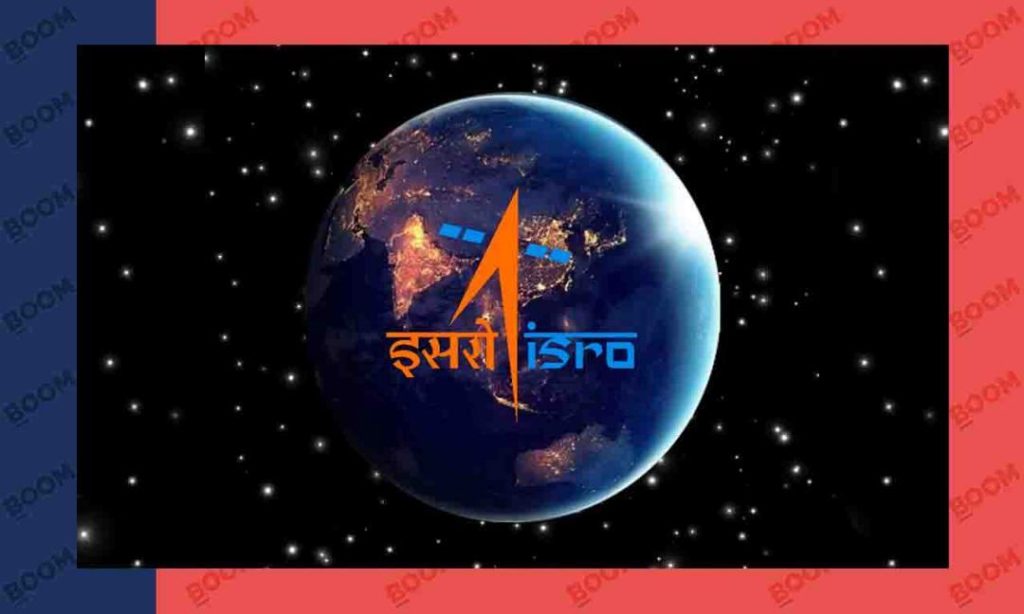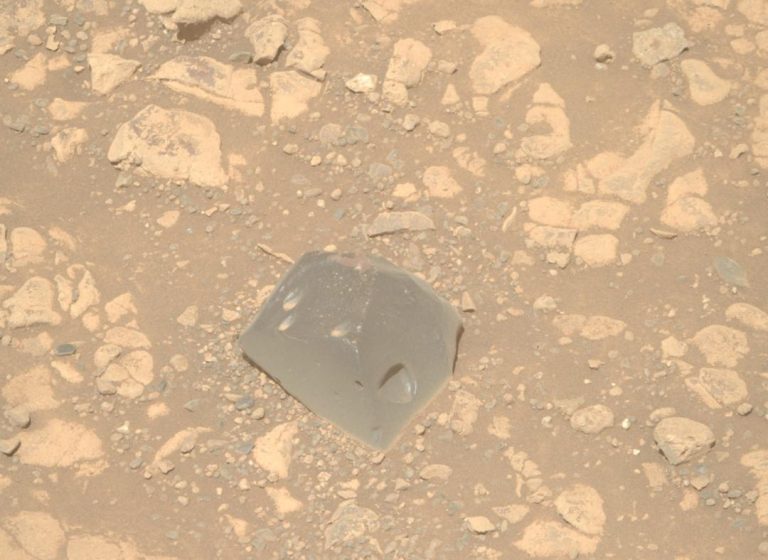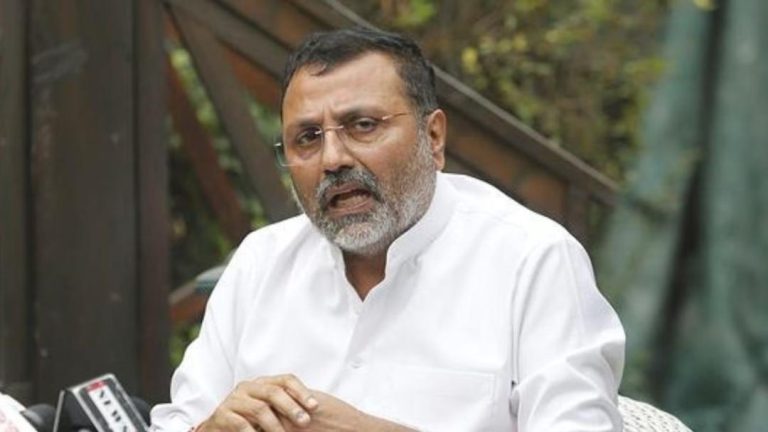
ISRO Completes Second Satellite Docking Under SpaDeX Mission: A Major Milestone in Indian Space Exploration
In a significant achievement for Indian space research, the Indian Space Research Organisation (ISRO) has successfully completed the second satellite docking under its Space Debris eXploitation (SpaDeX) mission. This milestone marks a major step forward for India’s space capabilities, particularly in the realm of in-orbit operations, and paves the way for more ambitious future missions, including the development of a space station.
The SpaDeX mission is a pioneering effort by ISRO to develop and demonstrate the capabilities of satellite docking and berthing in orbit. The mission involves the docking of two satellites, SDX01 and SDX02, which were launched into space earlier this year. The successful completion of the second docking operation is a testament to ISRO’s expertise and technological prowess in space exploration.
A Global First for India
With this achievement, ISRO becomes the fourth country in the world to successfully conduct satellite docking after the United States, Russia, and China. The ability to dock and berth satellites in orbit is a critical capability for space agencies, as it enables the transfer of fuel, scientific data, and other resources between satellites. This technology is also essential for the development of space stations, which require the ability to dock and undock spacecraft for resupply and maintenance.
The SpaDeX mission is designed to demonstrate the feasibility of satellite docking and berthing in a realistic and challenging environment. The mission involves the use of a docking adapter, which is a critical component of the SpaDeX system. The adapter is designed to facilitate the docking of two satellites and to provide a safe and reliable connection between them.
Advancing India’s Space Capabilities
The successful completion of the SpaDeX mission marks a significant milestone in India’s space exploration program. The mission demonstrates ISRO’s capabilities in satellite design, development, and operation, as well as its ability to perform complex space-based operations.
The SpaDeX mission is also expected to advance India’s capabilities in space debris mitigation, which is a critical issue in the space industry. The mission involves the use of advanced sensors and communication systems to detect and track space debris, which is a major threat to operational spacecraft.
Power Transfer: A Key Step for In-Space Operations
One of the key objectives of the SpaDeX mission is to demonstrate the capability of power transfer between docked satellites. This is a critical step for in-space operations, as it enables the transfer of power and resources between satellites.
The power transfer technology developed by ISRO for the SpaDeX mission involves the use of advanced electrical systems and communication protocols. The system enables the transfer of power from one satellite to another, which is essential for missions that require extended periods of operation in space.
Future Implications
The successful completion of the SpaDeX mission has significant implications for India’s future space exploration program. The mission demonstrates ISRO’s capabilities in satellite design, development, and operation, as well as its ability to perform complex space-based operations.
The SpaDeX mission is also expected to pave the way for more ambitious future missions, including the development of a space station. A space station would enable India to conduct long-duration space missions and to advance its capabilities in space-based research and development.
Conclusion
The successful completion of the SpaDeX mission marks a significant milestone in India’s space exploration program. The mission demonstrates ISRO’s capabilities in satellite design, development, and operation, as well as its ability to perform complex space-based operations.
The SpaDeX mission is a critical step forward for India’s space program, and it has significant implications for the country’s future space exploration endeavors. The mission demonstrates India’s commitment to advancing its space capabilities and to playing a major role in the global space community.
Source:






